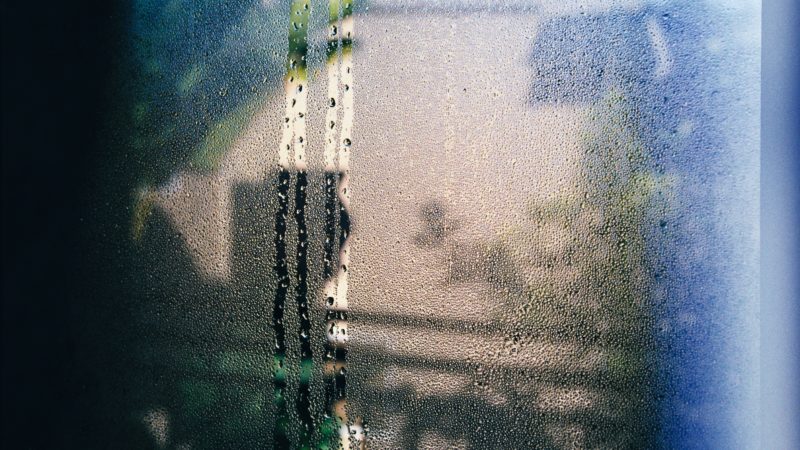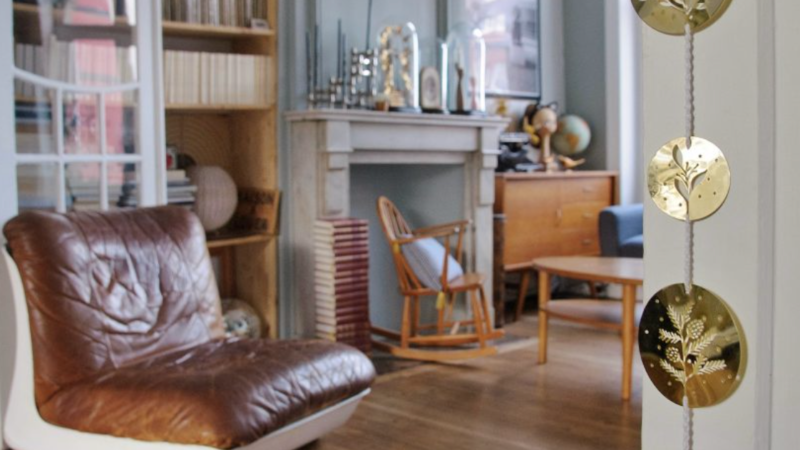
Controlling damp, mould and condensation in your home
Coastal provides high-quality, affordable homes that are properly maintained through planned maintenance. It’s important you report any repairs and maintenance issues that might occur outside of planned maintenance, so that these can be properly addressed.
Areas of damp in your home could lead to the formation of mould; mould can sometimes cause ill-health or make existing health conditions worse, so it’s important it’s addressed.
There are a few reasons why a property may be affected by damp including issues with roofing, gutters, windows or walls. These can lead to water penetrating through from the outside to the inside of the property. If your home is affected by damp in this way, please let us know quickly by calling 01792 619400 or emailing ask@coastalha.co.uk so we can identify the cause and take action.
One of the most common causes of damp and mould inside the home is condensation. Condensation occurs when moisture in the air meets cold surfaces and condenses into water droplets. This can be a sign that the room isn’t properly ventilated and/or heated. Condensation can be dealt with by controlling how moist air is managed in the home and is not normally something that requires a repairs visit by Coastal.
 Moisture can be introduced into the home in lots of different ways including cooking, showering, bathing, drying clothes indoors and even by breathing. An average family will generate around 20 pints of moisture in the home every day.
Moisture can be introduced into the home in lots of different ways including cooking, showering, bathing, drying clothes indoors and even by breathing. An average family will generate around 20 pints of moisture in the home every day.
The more moisture is in the air, the worse condensation is likely to be. It is often worse in winter when surfaces are colder and most homes have less ventilation. Condensation can form on indoor surfaces such as mirrors, windows, windowsills walls and even inside cupboards. In the home, condensation sometimes occurs when warm, damp air from kitchens or bathrooms moves to cooler areas, such as bedrooms.
How to reduce condensation in your home
Step 1: Reduce steam and moisture
- Close kitchen & bathroom room doors when cooking and bathing to prevent moisture travelling to other cooler rooms
- If running a bath, add cold water before hot water to reduce steam
- Dry clothes outside were possible
- Vent tumble dryers to outside if possible
- Cover pans when cooking
- Do not use bottled gas or paraffin heaters as they can generate a lot of moisture
Step 2: Ventilate your home
- Allow air to circulate around furniture with spaces between the furniture and walls.
- Open windows for periods each day and open trickle vents in windows to allow natural ventilation.
- When cooking or washing open a window for around 20 minutes after you finish to allow excess moisture to escape.
- Where fitted, extractor fans should be used whenever cooking or showering/bathing. Most fans are fitted with a timer or moisture sensor to ensure they run for a sufficient period to eliminate the moisture and avoid condensation forming.
- When using an extractor fan, keep the windows in the room closed. If a window is open the fan will draw air from the outside, rather than drawing the damp air out of the room.
- Make sure fans and air vents are not blocked so that they can work properly
Download our leaflet on controlling damp, mould and condensation.
If you’ve taken the steps above and yet continue to experience mould in your home and still don’t see any improvement after a few weeks, please contact us on 01792 619400 so we can help.
Download the fact sheet by Community Housing Cymru with what to do if Coastal hasn’t fixed a problem in your home.





